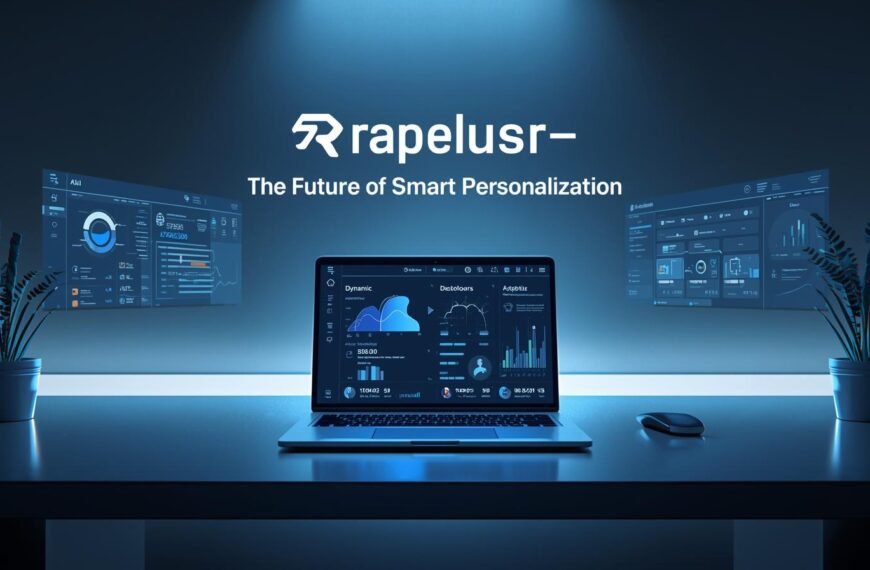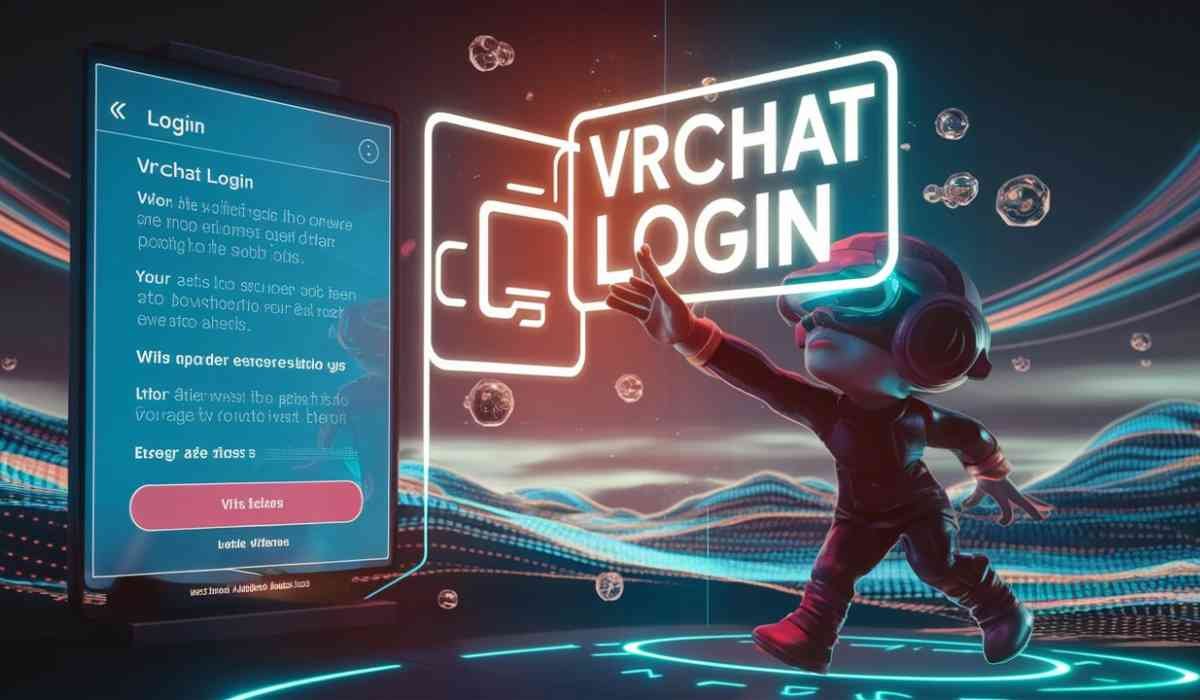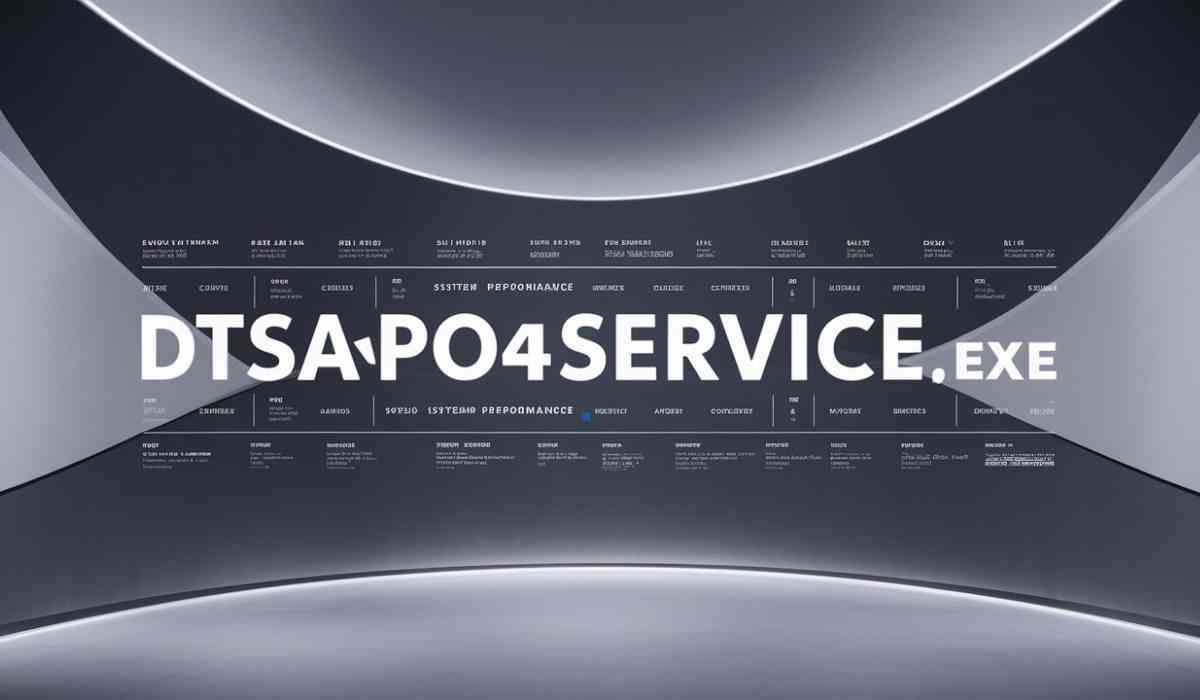Have you ever spotted content://cz.mobilesoft.appblock.fileprovider/cache/blank.html in your Android logs or browser debugging output and wondered what it means? This cryptic string often raises concern among users and developers alike.
In this article, you will discover exactly what this URI is, why it appears, how Android handles it securely, and what actions (if any) you should take.
You will also gain an understanding of Android’s FileProvider system, content URI structure, and best practices so that when you see this URI again, you know it is not harmful but part of normal app functioning.
Quick Summary
- The URI is a content URI referencing a cached HTML file used by AppBlock.
- It is part of Android’s secure file-sharing and sandboxing system.
- It is safe and not indicative of malware.
- Developers may use this scheme to intercept and redirect blocked web content.
- You will learn how it is implemented, secured, and how to troubleshoot issues.
What Is content://cz.mobilesoft.appblock.fileprovider/cache/blank.html?
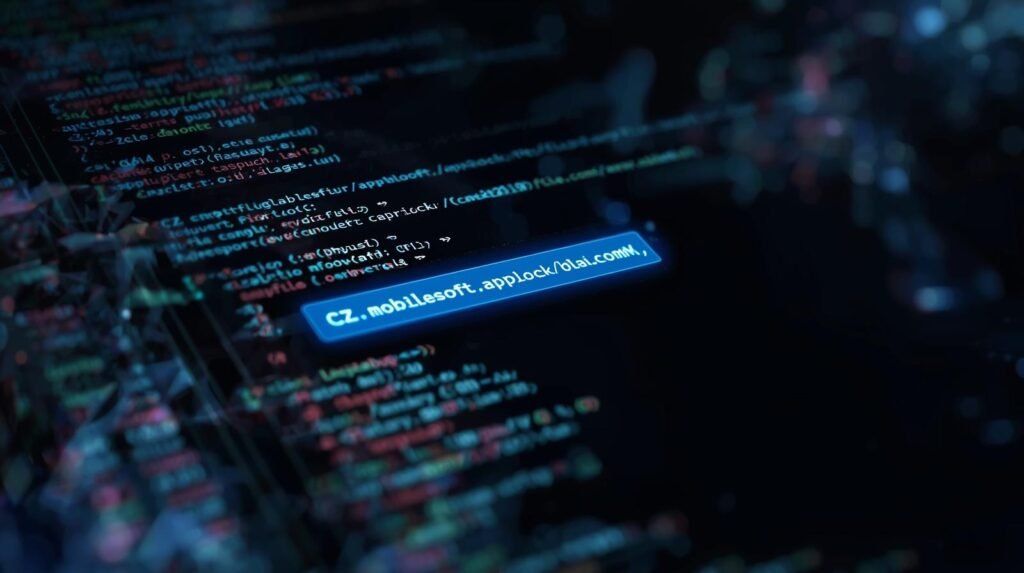
This string is a content URI used by the AppBlock application to point to a blank HTML file stored in its cache directory. It is part of how the app manages blocked web content or placeholders.
The URI is not a direct file path; rather it is mediated through Android’s FileProvider mechanism to enforce security and access control.
Anatomy of the URI
A content URI in Android typically has this structure:
content://<authority>/<path>/<resource>For content://cz.mobilesoft.appblock.fileprovider/cache/blank.html:
- content:// — the scheme, indicating use of a ContentProvider
- cz.mobilesoft.appblock.fileprovider — the authority, which identifies the FileProvider tied to AppBlock
- cache — the path, pointing to the app’s cache directory
- blank.html — the resource (a file, likely placeholder HTML)
By using this structure, the system abstracts away internal file system paths and provides controlled access.
Purpose of blank.html
The blank.html file is typically minimal (often empty or with basic markup). AppBlock may use it when it needs to intercept or block a page, redirect traffic, or show a placeholder rather than letting a blocked web content load.
Because it is cached, the app can access it quickly without relying on network requests.
Role of FileProvider
FileProvider is a subclass of ContentProvider specifically made for secure file sharing.
It allows an app to expose its internal files via content URIs, granting temporary permissions to other apps or system components while hiding raw file paths.
Why it is not a file:// path
Using file:// would expose direct file system paths, which is insecure. The content URI model enforces sandboxing and permissions so only authorized parts of the system can access the file.
Key Takeaways
- This URI points to a cache file used internally by AppBlock.
- It is mediated by FileProvider for security.
- It is not harmful and part of normal app behavior.
Why content://cz.mobilesoft.appblock.fileprovider/cache/blank.html Matters
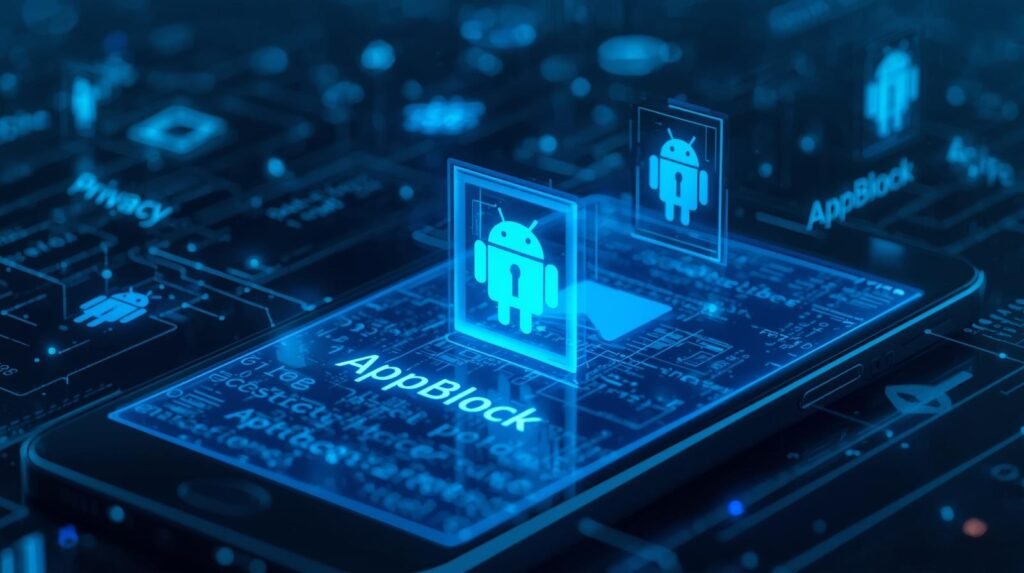
Understanding this URI gives insight into how modern Android apps manage secure file sharing, content blocking, and caching strategies. It also reassures users that seeing it is not a security threat.
Security and Privacy
By using content URIs instead of direct paths, AppBlock and Android protect internal data from unauthorized access. Only components granted permission (via intent flags or APIs) can open or read the file. This reduces the risk of data leakage.
Performance and Efficiency
Because the blank.html is cached, the app can serve a placeholder quickly instead of generating it repeatedly or fetching from the network. This improves speed and user experience.
Blocking and Redirection Logic
When a user tries to open a site that AppBlock has blocked, instead of showing a broken page or error, the app can serve the blank.html via this content URI. That maintains app stability and prevents webview errors.
Diagnostic and Debugging Significance
Developers or advanced users may see this URI in logs, crash reports, or debug sessions. It is part of normal function, not a bug or virus. Let’s explore why it matters.
Key Takeaways
- It matters for security, caching, and UX.
- It is not a sign of malware; it is part of app architecture.
How to Interact or Resolve Issues with This URI
Usually, no direct action is needed when this URI appears. But in developer contexts or in case of errors, you may need ways to handle or troubleshoot it.
Accessing via ContentResolver
If your app receives this URI and needs to read from it, you can use something like:
Uri uri = Uri.parse("content://cz.mobilesoft.appblock.fileprovider/cache/blank.html");
InputStream in = getContentResolver().openInputStream(uri);
// read as neededThis is how to open the cached HTML file safely through Android APIs.
Handling in WebView
If a WebView comes across this URI in a request, you might intercept it:
@Override
public WebResourceResponse shouldInterceptRequest(WebView view, WebResourceRequest request) {
Uri u = request.getUrl();
if ("content".equals(u.getScheme())) {
InputStream in = getContentResolver().openInputStream(u);
return new WebResourceResponse("text/html", "utf-8", in);
}
return super.shouldInterceptRequest(view, request);
}This ensures the WebView can load the HTML content served via FileProvider.
Clearing Cache or Reset
If something is wrong (blank displays, stale content), you may:
- Go to Settings > Apps > AppBlock > Storage > Clear Cache
- Reinstall AppBlock to refresh all internal files
- Confirm AppBlock is from an official source (Google Play)
These steps often resolve issues when the cached blank.html file fails to load correctly.
Key Takeaways
- Use ContentResolver to open the URI.
- Intercept it in WebView for correct rendering.
- Clearing cache or reinstalling often solves display issues.
Best Practices for Using Such Content URIs

If you are a developer building similar systems, applying the right practices ensures security, performance, and maintainability.
Define Strict paths in file_paths.xml
Only expose intended directories. For example:
<cache-path name="cache" path="." />This ensures only the cache directory is accessible.
Grant Minimal URI Permissions
Use flags like FLAG_GRANT_READ_URI_PERMISSION and FLAG_GRANT_WRITE_URI_PERMISSION only for the time needed.
Validate Resource Names
Before serving blank.html or others, check the name against a whitelist. Avoid path traversal vulnerabilities.
Clean Up Unused Cache Files
Remove placeholder files that are no longer needed to prevent accumulation and storage waste.
Use Secure Content Types
When creating the HTML, set the correct MIME type (text/html) and charset (utf-8).
Avoid Exposing Sensitive Data
If your blank pages include user-specific data, encrypt or sanitize them.
Test Across Android Versions
Behavior can differ across Android versions relating to URI permission, file access, and WebView policy.
Key Takeaways
- Expose only safe directories.
- Use minimal permissions.
- Validate file names.
- Clean cache.
- Secure content and test widely.
Common Mistakes to Avoid
Many implementations go wrong by oversight; avoid these pitfalls when dealing with content URIs and caching.
Main Content
- Overexposing directories: Malicious components might access unwanted files.
- Not revoking URI permissions: Long-lived permissions may allow later exploits.
- Hardcoding paths incorrectly: Misconfigured file_paths.xml can cause blank page errors.
- Neglecting cache cleanup: Accumulating stale files may slow devices or cause corruption.
- Using contractions or casual tone in docs: Reduces professionalism.
- Ignoring MIME settings or charset: Wrong headers may cause display issues.
Key Takeaways
- Limit exposure.
- Revoke permissions.
- Correct configuration.
- Clean cache.
- Use proper headers.
Tools and Resources for Working with Content URIs
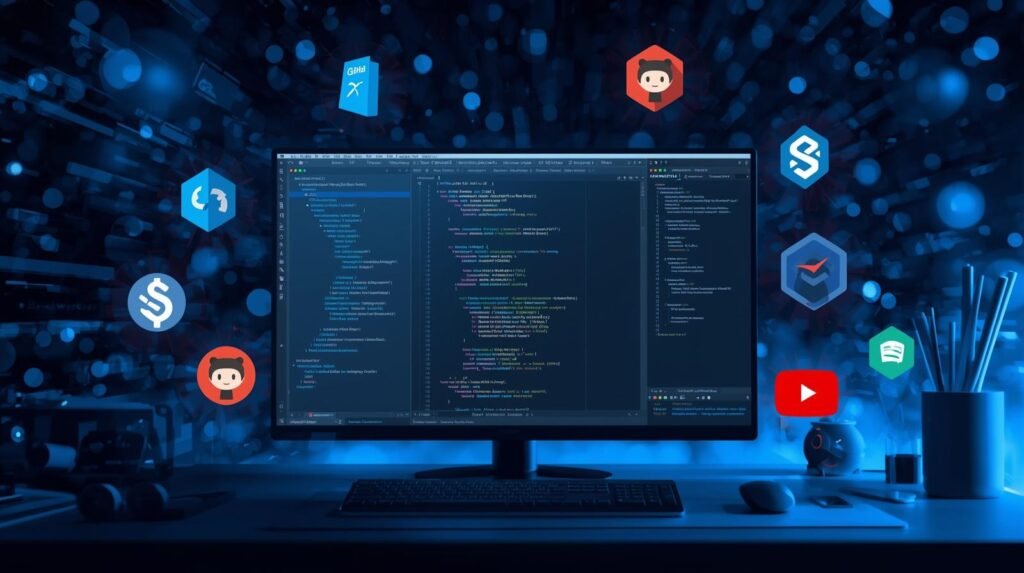
Here are tools, documents, and references you may use when working with content URIs and Android FileProvider patterns.
Main Content
- Android Developer Documentation — FileProvider and ContentProvider guides
- Android Source Code / AOSP — reference implementations
- Android Studio Logcat / Debugging Tools — monitor content URI calls
- Third-party static analysis tools — detect insecure exposure
- GitHub sample projects — FileProvider + WebView examples
- Stack Overflow Q&A threads — discussions on URI handling
- AppBlock official site — version updates via Google Play
Key Takeaways
- Use official documentation and code samples.
- Monitor logs.
- Study real examples.
- Stay updated on Android changes.
conclusion
In summary, content://cz.mobilesoft.appblock.fileprovider/cache/blank.html is a content URI that references a placeholder HTML file used internally by the AppBlock app to manage blocked web content without causing UI errors.
It is mediated by Android’s FileProvider mechanism, ensuring security, sandboxing, and controlled file access.
For developers, best practices include defining strict path exposure, revoking URI permissions, validating resource names, cleaning the cache, and securing MIME types.
When implemented correctly, this pattern becomes a powerful tool in application content management and blocking strategies.
Haider Ali is a mobile tech analyst specializing in Android content systems, app optimization, and digital well-being tools. Discover more at Everytalkin.
FAQs
What exactly is content://cz.mobilesoft.appblock.fileprovider/cache/blank.html?
It is a content URI used by Android through AppBlock’s FileProvider to reference a blank HTML file in the app’s cache directory.
Is this URI safe or malware?
This URI is harmless when AppBlock is installed from official sources. It is part of normal app behavior, not a virus.
Can other apps access that blank.html file?
Only if AppBlock grants permission via URI flags. By default, sandboxing prevents access.
Can I delete blank.html manually?
You cannot access it via normal file system. But clearing the app cache or uninstalling the app will remove it.
Why does the URI show up in logs or browser errors?
It appears when AppBlock redirects blocked sites or when debugging WebView or FileProvider calls.
How to fix blank page issues with this URI?
Clear AppBlock cache, reinstall the app, or check permission settings. These steps often resolve rendering problems.





